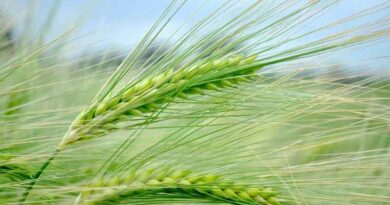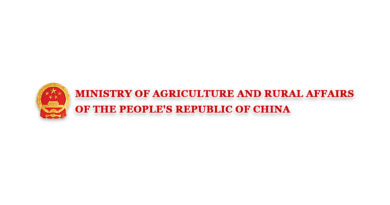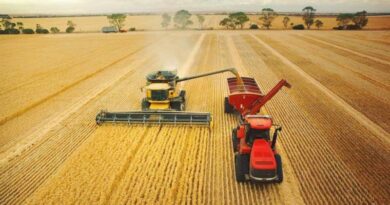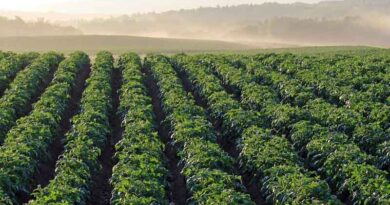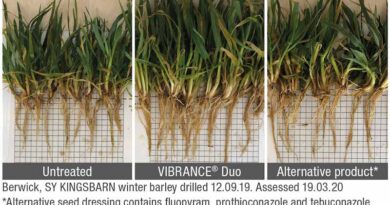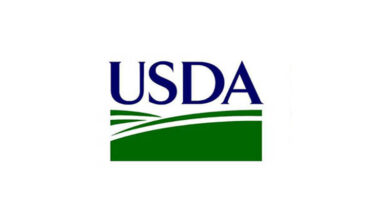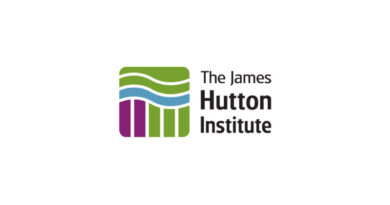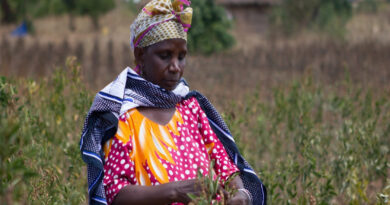China: Technical opinions on spring field management of winter rapeseed in 2024
01 February 2024, China: At present, winter rapeseed in the Yangtze River Basin is in the overwintering period, and the seedlings are generally growing well. However, since the planting last autumn and winter, the weather has been complex and changeable, water damage and drought coexist, warm winters and low temperatures have changed, and the seedling growth has been highly unbalanced. In view of the growth of rapeseed seedlings and weather conditions, all localities should focus on “two promotions and two guarantees”, strengthen field management, strengthen disaster prevention and reduction, promote growth recovery, promote early onset and rapid growth, ensure flowering and fruiting, ensure harvest opportunities and reduce losses, and make every effort Securing a bumper harvest of winter rapeseed.
(1) Disaster prevention and reduction promote recovery and development. According to forecasts from the meteorological department, the main rapeseed producing areas will once again encounter widespread rain, snow and freezing weather in early February, which will have an adverse impact on rapeseed production. It is necessary to implement the “three resistances and two reductions” measures covering cold resistance, moisture conservation and cold resistance, strong seedlings to resist cold, disease prevention and damage, and compensation for damage, and scientifically respond to low temperature freeze damage.
For fields that have suffered frost damage, 3-5 kg of urea and 3 kg of potassium chloride per mu should be topdressed, and boron fertilizer growth regulators should be sprayed to promote recovery of growth; especially for late-seeding areas in downstream areas such as Jiangsu and Anhui and Jiangxi and Hunan. In the rice-oil rotation area, rapeseed has problems such as insufficient above-ground biomass and poor stress resistance. UAVs are used to spray triflufenac or tebuconazole wettable powder to promote the regeneration of new shoots and prevent and control sclerotinia.
For frozen fields with no harvest, dead rapeseed plants can be plowed into the soil as green manure and replanted with spring potatoes, fast-growing vegetables, etc. in a timely manner to recover losses as much as possible.
In addition, prevent regional seasonal rain damage and high temperature and drought in advance. In the rice-oil rotation paddy field and rapeseed area, it is necessary to dredge the drainage ditches outside the field and maintain the drainage facilities in advance, so that the open water can be drained and the dark water can be filtered, so as to lay a solid foundation for resisting the damage caused by continuous rain in spring; dry lands such as the Yunnan-Guizhou Plateau and Huanghuai In rapeseed areas, drought resistance plans should be made in advance, especially in the Yunnan-Guizhou Plateau where droughts occur frequently. Measures such as cultivating soil, irrigation or sprinkler irrigation should be carried out in a timely manner to improve soil moisture.
(2) Classified management promotes rapid growth of spring hair. For vigorous seedlings, Uniconazole or Paclobutrazol can be used to inhibit the top growth advantage and promote multiple branches to ensure high yield; if the height of the shoots exceeds 30 cm, it is the critical period of flower bud development and it is not suitable to use chemicals to control the seedlings. You can apply 3 to 5 acres per mu. Kg of potassium chloride to prevent lodging.
For weak seedlings, if they have not yet been opened and sealed, 10 kilograms of urea can be applied to the rhizosphere acres in combination with cultivating and loosening the soil to improve seedlings; for fields that have been opened and sealed, drones can be used to foliarly spray growth regulators such as brassinolides. , to speed up the transformation of seedling conditions.
For strong seedlings, potassium dihydrogen phosphate and boron fertilizer can be sprayed on the leaves to promote full spring growth, strong branches, enhance lodging resistance, increase pollination and seed setting rate in the later period, increase grain fullness, and ensure stable and high yields.
In addition, boron deficiency is common in arid fields in mountainous hills and red and yellow soil areas such as Hunan, Hubei, and Jiangxi. In previous years, flowers appeared but failed to bloom. Therefore, boron fertilizer needs to be applied in a timely manner to effectively improve the seed setting rate.
(3) One promotion and four preventions ensure flowering and pod formation. Freeze damage in the seedling stage results in limited boron absorption and increased crack damage in rapeseed plants, which may aggravate the occurrence of sclerotinia and unrealized flowers in rapeseed.
In the middle and lower reaches of the Yangtze River, the formula of “one promotion and four prevention” should be appropriately improved. On the basis of increasing the application of boron fertilizer, the use of a mixture of triflufenac and prochloraz in the early flowering period should be promoted to replace carbendazim and other broad-spectrum fungicides. , implement unified defense rule.
In the southwest and Huanghuai areas, the temperature is higher than normal, and the occurrence of aphids may increase in the rape bud stage and silique stage. On the basis of one promotion and four prevention, 40-60 grams of imidacloprid wettable powder (10% content) should be added per acre. Carry out prevention and control.
In addition, in areas where clubroot is more severe, rooting agents can be sprayed on the leaves to induce the production of new roots at the base, so that the rapeseed can survive the disease. Five days after the rooting agent is applied, 5 kilograms of urea and 3 kilograms of potassium chloride are applied per acre. Rapeseed supplements nutrition.
(4) Harvest at the right time to reduce production losses. In view of the current problems such as high loss rate in rapeseed combined harvest and low quality of commercial rapeseed, we should adhere to the two-pronged approach of prioritizing segmented harvesting and chemical regulation to promote concentrated maturity, and strive to achieve less machine harvest loss and more yield increase.
The crop rotation stubble is connected to the relaxed area, and the mechanized segmented harvesting technology of rapeseed is vigorously promoted. When about 80% of the rapeseed plants in the field turn loquat yellow, use a windrower or manually to cut the rapeseed upside down and place it on the field straw to dry for 5-7 days. Use a self-propelled rapeseed picking and threshing machine to pick up and thresh the rapeseed, or manually pick it up before use. Full-feed ordinary rice and wheat harvester threshing machine
. In areas where crop rotation stubble connection is limited or where segmented mechanical harvesting equipment is insufficient, chemical drying and combined harvesting technology can be used. When the rapeseed is 80% yellow and ripe, and the seeds in the siliques in the middle of the main inflorescence turn brown, use a drone to spray a wilting agent, and select a fine weather morning period 5 days later to carry out combined one-time harvesting, which can improve harvesting efficiency and effectively Reduce machine harvest loss rate.
Also Read: Rallis India scales up supply chain effectiveness through digital platform ‘Plan Guru’
(For Latest Agriculture News & Updates, follow Krishak Jagat on Google News)


